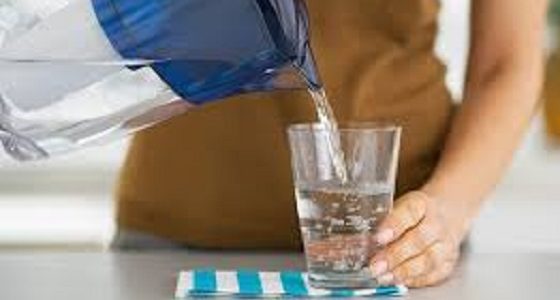A lot of people want to lose weight in the quickest way possible and are often fascinated when they use a weight loss product or service that produces a rapid weight loss in the first few days or weeks. While it might be appealing to think that they are at last on the right track and that they will finally be able to stick to it and lose unwanted body weight, there is however a flip-side to this rapid weight loss experienced.
After experiencing the initial rapid weight loss, it is too often the case that a lot of dieters who make use of such quick fat reduction products find that they simply start losing hope as their fat loss rate almost always grinds to a snail pace. And while it might be great if all the bodyweight reduction experienced during the initial phase of the diet program was actually from body fat, the fact is that this is not the case.
The truth of the matter is this – losing body weight is actually easy, but losing body fat is not as easy as it might seem. It would also not be an exaggeration to say that a lot of diet promoters are pretty much aware of this fact but somehow intentionally fail or refuse to enlighten dieters about this weight loss phenomenon.
This is what is actually happening. A great percentage of the weight lost during the early phase of virtually any weight loss program is mostly due to water loss from body tissues because water forms part of every single cell in the human body. In fact, fat-free mass is 70-75% water, and body fat is just about 10-40% water.
Due to the reduction of calorie intake during the early periods of using any weight loss product and in particular those especially designed to “supposedly” facilitate quick fat reduction, the body is forced to release and burn its stored glycogen for energy fuel. Glycogen is essentially made up of 75% water and 25% glucose and therefore when glucose is metabolized, water is largely produced as a by-product.
Consequently, about 75% of the weight lost during this initial rapid bodyweight reduction is mostly from lean body mass (muscle and water) and 25% from unwanted body fat. Normally, for every gram of glycogen that is burned, the body loses about 4 or 5 grams of weight. When body water is lost in this way, and due to the fact that water is heavy, the drop in pounds is easily noticed on the scale.
It is only when the body’s glycogen stores become significantly depleted that the body begins to burn fat for energy. However, each gram of fat has about twice the calorie content of 1 gram of glycogen and therefore it would require burning double the amount of calories needed to lose 1 gram of glycogen to lose 1 gram of fat.
Therefore, since fat contains only about 10-40% water, when the body moves into the fat burning phase of a weight loss program, the bathroom scale tends to be much slower than when glycogen was being burnt for energy at the beginning of the diet.
Taking into account the aforementioned points, it is unfortunate to note that there are actually some weight loss programs that in an attempt to show prompt results incorporate the use of diuretics to give the illusion of weight loss. Diuretics, both drugs and diuretic herbs, promote body water loss through the kidneys. Apart from these diet programs leading to body water loss which easily shows up on the bathroom, the dieter risks getting dehydrated.
Equally, be it a conventional diet, a fad diet, or a diet pill, the early rapid bodyweight reduction effect mostly likely to be experienced is virtually the same – body water loss. However, diets that employ have severe caloric restrictions or that are high in protein can significantly increase this effect.
Actually, the natural course of weight loss is to experience a quick loss of weight resulting from the loss of water from body tissues which is then subsequently followed by a significant slowdown in fat loss as the body now switches to burning its fat stores to meet it energy needs. After the initial rapid bodyweight reduction phase of a weight loss program, the rate of further healthy fat loss should be somewhere around 1-2 pounds per week, or slightly more depending on the individual’s make-up.
Therefore when a diet plan or some other fat reduction program claims to have the ability to help you lose as much as 10-30 pounds of body weight within a questionable period of time, say 1 week, you now have an idea of what you are up against. You simply can’t burn fat that easily, instead you will be losing your body water.
When dieters have a proper understanding of the body weight they are more likely to shed during the early days of a diet program, their focus and expectations will not be unnecessarily raised as they now understand just where they are and what to expect.
Understanding the little intricacies involved in losing weight such as the body water loss concept above, helps dieters to be far better poised to set realistic fat reduction goals. This allows for a design of a fat reduction plan that anticipates how to handle situations and other inevitable minor setbacks that test the dieter’s resolve without him or her feeling unnecessarily discouraged.
A sensible and long-term focused weight loss program should therefore target body fat loss instead of concentrating solely on scale weight loss. For successful and long-term weight loss, there is the need for an individual to make some positive and permanent changes in his or her lifestyle such as the incorporation of a calorie-controlled diet with regular physical exercise.



